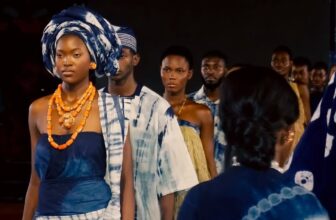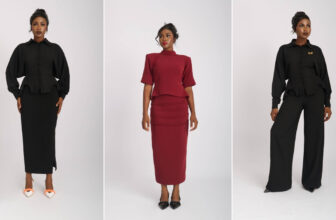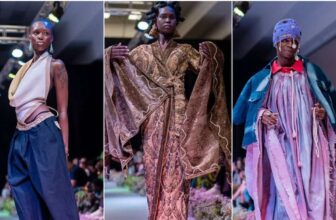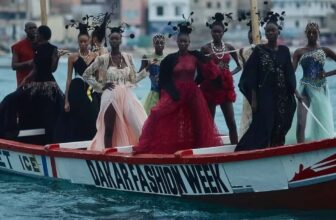Senegal has over time evolved in its cultural approach to fashion, albeit with a unique touch of originality. In Senegal, fashion is an essential component of material culture and a reflection of societal and aesthetic practices. For millennia, various characteristics have influenced the country’s sartorial trends, with its expertise fusing both regional practices and contemporary trends even up to this present day.
A brief background of Senegalese Fashion
Senegal is a country that takes great pleasure in its fashion tradition, from the glittering Bou Bou gowns to flowing kaftans. Traditional clothing is always being reimagined in Senegal to reflect the newest fashion trends.
Following the country’s independence in 1960, many Senegalese nationals developed an interest in fashion in the 1990s. They also began fusing traditional African elements with contemporary styles due to their European influences.
Senegal’s economy is not the largest in the region in terms of the global market system, but it has been growing steadily thanks in part to its relatively tranquil environment, favorable regulations, and thriving fashion industry. The same vibrant, indigenous fashion culture in Senegal has not only shaped the fashion consciousness of many generations but has also given fashion brands an evolutionary trend to revel in.
Having birthed some of the world’s talented African fashion designers, Senegal is regarded as an epicenter of couture craftsmanship and a striking street style. Interestingly too, an average Senegalese believes that dressing to impress is the ultimate expression of respect and inventiveness.
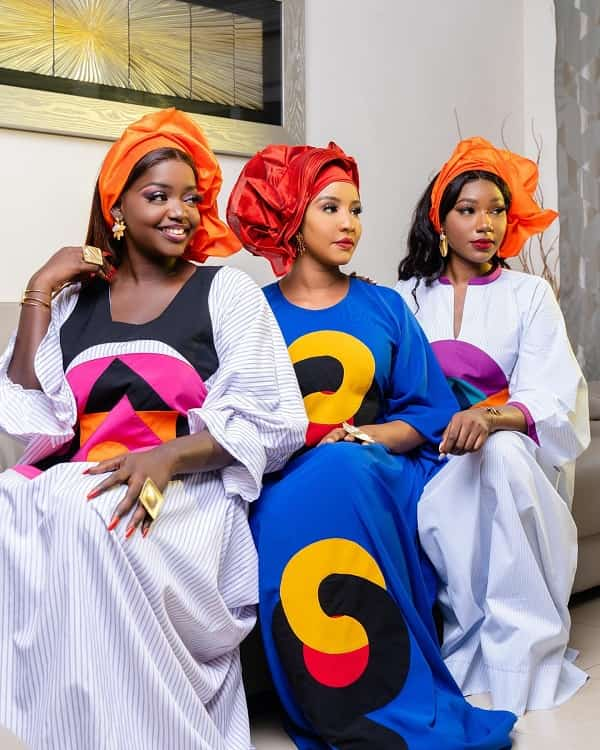
Walking through the streets of Dakar, Senegal will have you wondering what fashion show you’ve come for because almost everyone is killin’ it on the streets with either their traditional fabric or regular hip-hop streetwear. Visiting Senegal? You really cannot escape this feeling.
Even the poorest of them all is known to devote attention to his clothing. I mean, even if they had holes in their clothes and worn-out shoes, they would still be sparkling. And their women? They are born fashionistas who, regardless of their age or socioeconomic standing, are dedicated to creating the best clothing using the best materials.
Generally, the cultural implications of Senegalese fashion are unapologetically passed down from generation to generation and it’s all about accessories, colors, and patterns, especially embroidered. Their designs, which are being steadily modified as the world advances, are creative and distinctive due to the chaotic but beautiful mash-up of styles. A Senegalese design is something you should try if you want to try something novel and innovative.
Additionally, The New York Times stated in 2019 that its local “design and fashion creations would fit right in at New York showrooms.” What an accolade!
The Unique and Eye-Catching Styles of Senegalese Fashion
Senegalese fashion is highly influenced by Islamic, French, and African cultures. These three core influences form the inspiration that surrounds the eye-catching styles of the Senegalese fashion and much of the clothing used is purely handmade. The following are the classics of Senegalese fashion, among numerous modern styles that are available.
Boubou
The boubou is a traditional Senegalese robe worn by both sexes that is also common in other West African nations like the Yoruba tribe of Nigeria. It is a light, flowing garment created from Bazin or wax print textiles for both sexes. In Senegal, Jeans and suits are inappropriate attire for a traditional wedding. You must dress appropriately in accordance with custom and local fashion, such as donning the highly regarded Senegalese boubou. There are, of course, kaftan designs made for daily wear as well, such as the dashiki with short sleeves. Kaftans are often worn over t-shirts and can be paired with jeans, shorts, or pants. For men, a cotton cap or fez with embellishments completes the appearance.
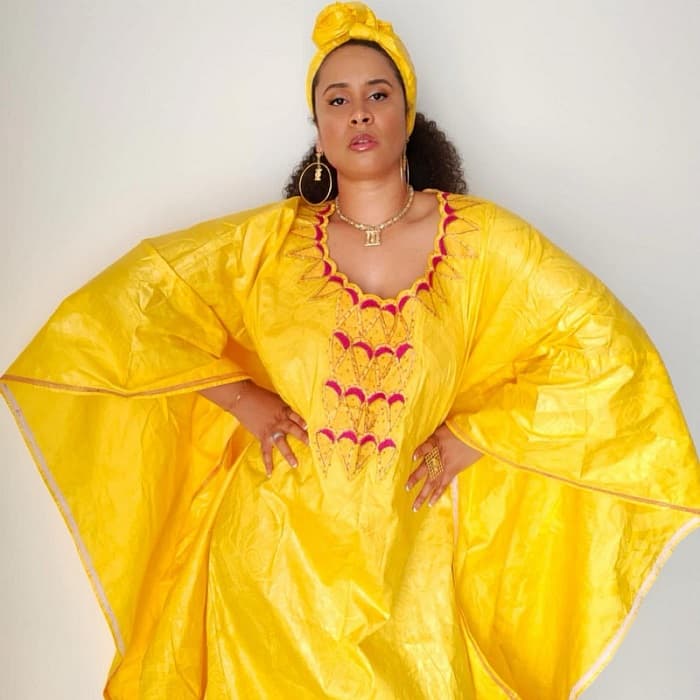
Long Gowns
Senegalese long gowns, which are typically worn with turbans, are striking there. They are well-liked by Senegalese women and have many varieties, including Ankara gowns, lace gowns, and chiffon gowns. The most popular designs are frequently embroidered or constructed using textiles and patterns from India or other Asian countries. Even though these long dresses are rarely worn on a daily basis, they look great when worn on special occasions.
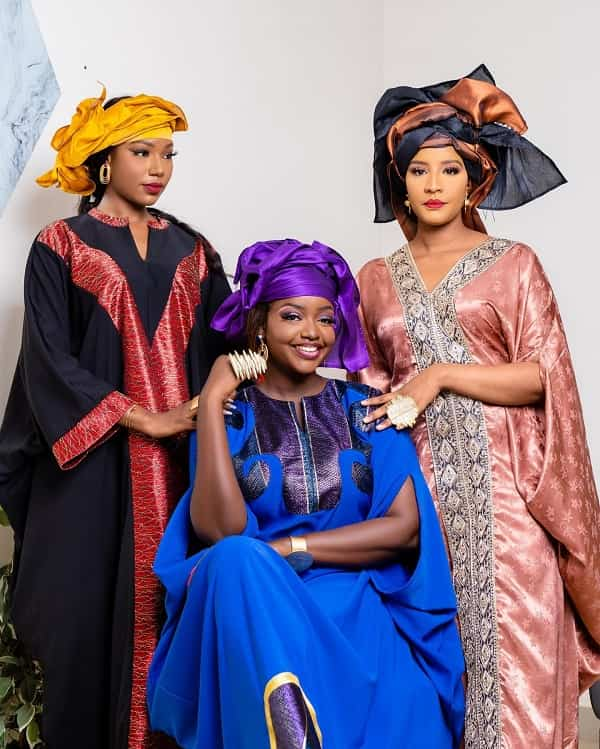
Embroidery Styles
As a major part of Senegalese traditional fashion, these handmade creations are incredibly exquisite and one-of-a-kind. Senegalese wedding gowns are the best displays of this skill. Additionally, garments consisting of lace, chiffon, or brocade can be embellished with embroidery of different styles. Of course, you know that once fashion is involved, the options are limitless.
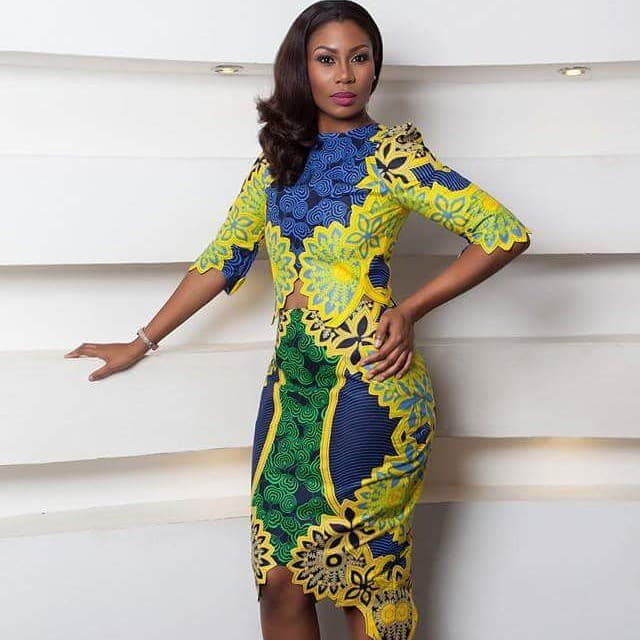
Why is Senegal on a Global Fashion Radar?
As established earlier, Senegal has left its stamp on the world of fashion. The country’s extensive designs showcase the Senegalese attention to detail, their fusion of regional and global influences, and seamless synthesis of traditional elements and contemporary forms. All of these collaborate to highlight the aesthetics of every piece of fashion material made.
A typical Senegalese fashion designer will naturally be a worthy competition in a setting where the originality of modern African fashion is discussed. Some of such known names in the industry include — Adama Ndiaye of Adama Paris and the founder of the renowned Darkar Fashion Week; Collé Sow Ardo, who is an expert in ready-to-wear made from woven loincloths and the organizer of the Sira Vision pan-African fashion show; Oumou Sy, sometimes known as the “queen of Senegalese couture,” who is a veteran of the country’s fashion business and owner of a modeling Academy.
To further buttress the global recognition of Senegalese fashion, National Geographic’s Traveler magazine deems the country as West Africa’s “center of style.”



